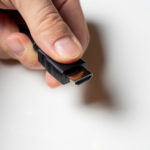Are you looking to get the most out of your home entertainment system? Then, a soundbar may be just what you need!
This blog post will provide four methods for connecting a JBL soundbar to your TV.
Read on to find out which method is best for you.
Connect JBL Soundbar to TV Using HDMI
When it comes to high-definition video and audio, HDMI is one of the best connections on the market. That’s why we always recommend connecting your devices using an HDMI cable, if possible.
Before anything else, make sure that both devices are powered off. If you want them to stay on, then you’ll need to power them down for the electricity-induced buzz to dissipate. Otherwise, it may interfere with the audio signals.
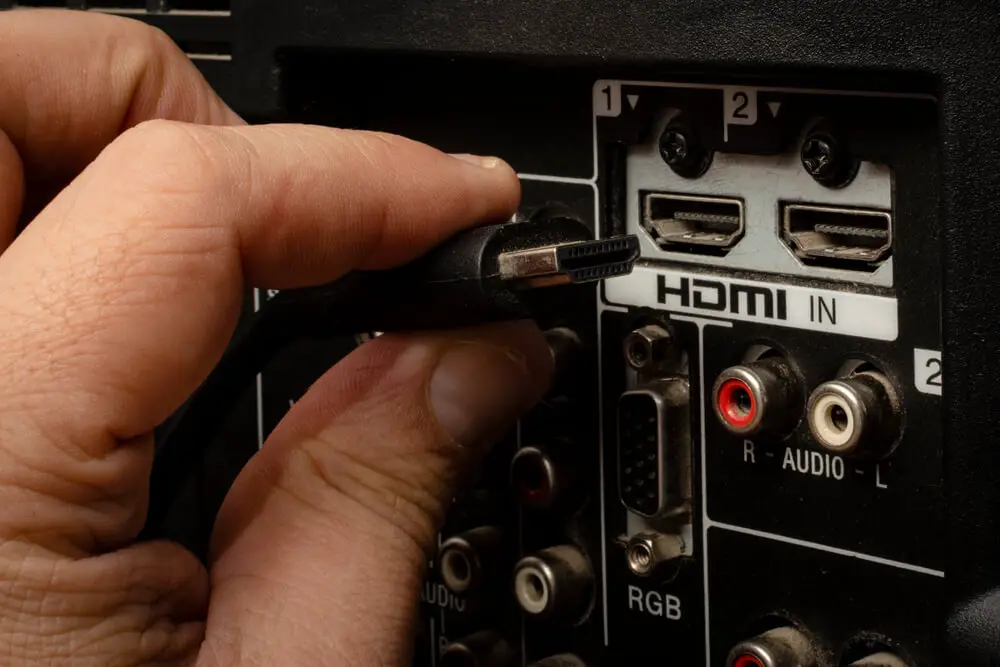
Here’s what you need to do:
- Locate the correct port on your JBL Soundbar receiver. It will most likely be located at the rear of the unit, but check its manual for more information.
- Locate the correct HDMI port on your TV. For your JBL device, locate the output that matches your soundbar’s input from the multiple HDMI ports available. If not, look for a digital audio out (optical) or coaxial audio port instead and use its cable to connect them.
- Once all devices are set up correctly and connected via HDMI cables, turn their power switches on. The JBL soundbar will turn itself on automatically once it senses an input through its corresponding HDMI port.
- Turn your TV and JBL soundbar and then find the correct input for your JBL soundbar. The sound will automatically switch to your soundbar as soon as you turn it up. If there’s no audio, press the “HDMI CEC” or “Input” button on your TV remote until the JBL logo appears.
Connect JBL Soundbar to TV Using Optical Cable
The optical (or optical digital) port is a standard digital audio output found on many TVs and home theater systems. It carries an audio signal but not a video signal. So if you’re connecting two devices using HDMI cables, make sure to connect them using separate ports (e.g., HDMI OUT to HDMI IN, or vice versa).
If you don’t have an optical cable at hand, don’t worry. You can make use of any unused optical cable of your home theater equipment or other A/V electronics.
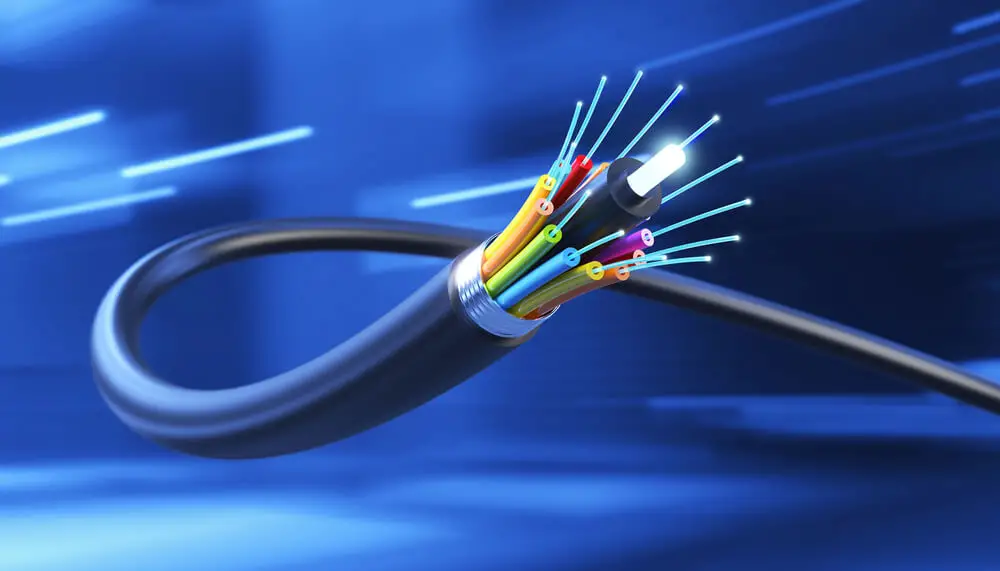
Once you’ve got the cable, here’s what you need to do:
- First, locate the correct port on your JBL Soundbar receiver. Most soundbars use an optical digital output, but check your manual to be sure.
- Locate the correct port on your TV or JBL device. If you have a newer TV with an HDMI input, try locating the optical digital audio port instead (it is usually blue in color). Some home theater receivers may also offer multiple optical digital outputs for various devices, including a soundbar.
- Once all devices are correctly connected via optical cables, turn on their power switches. The JBL soundbar should automatically turn itself on once it senses an input through its corresponding optical port.
- Turn on your TV or home theater receiver and JBL soundbar, then find the correct input for your JBL soundbar. The sound will automatically switch to your soundbar as soon as you turn it up. If there’s no audio, press the “HDMI CEC” or “Input” button on your TV remote until the JBL logo appears.
Connect JBL Soundbar to TV Using 3.5mm Audio Jack
Another standard input for TVs is the 3.5mm audio jack, which looks like a little headphone/earphone plug. Not only are they easy to find in any home theater system, but you can easily spot this port on most modern TV remotes as well (usually colored blue).
If you’re using an older home theater receiver that doesn’t have an optical port or HDMI input, then you’ll need to use the 3.5mm audio output instead.
For newer AVRs with multiple inputs and outputs, recheck your manual to make sure. But even if it does have more than one of these types of connections available, try looking for the one closest to the “TV” label on its display.
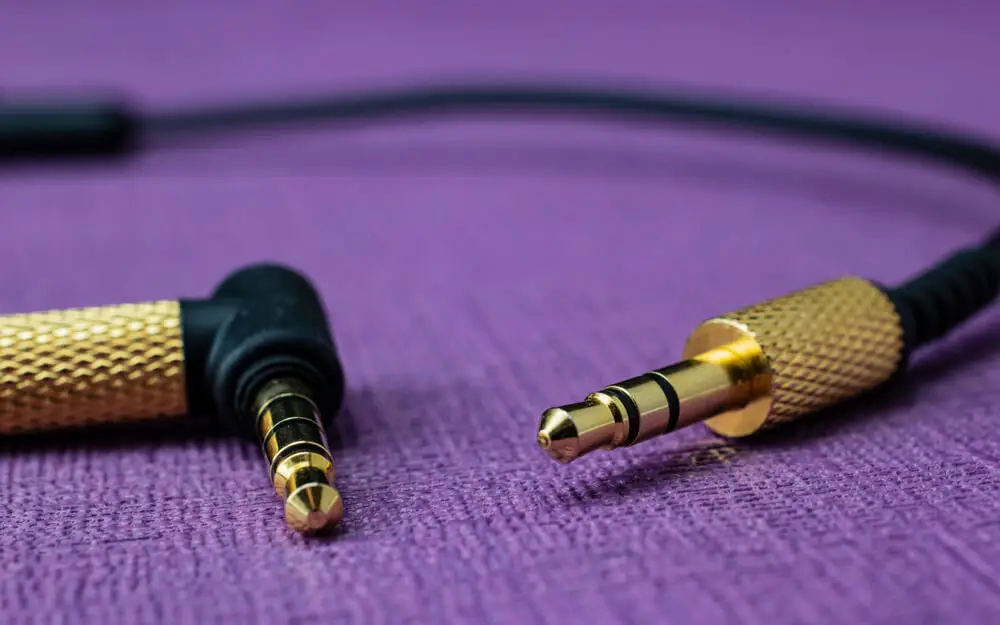
Once you have the correct cable and port, here’s what you need to do:
- First, locate the 3.5mm audio jack on your JBL soundbar receiver. Most home theater receivers will use a 3.5mm output for this connection, but check your manual just in case.
- Locate the correct input or “TV” port on your TV or your JBL device For example, if you have a newer TV with an HDMI input, try locating the optical digital audio port instead. Some home theater receivers may also offer multiple optical digital outputs for various devices, including a soundbar.
- Once all devices are correctly connected via A/V cables, turn on their power switches. The JBL soundbar should automatically turn itself on once it senses an input through its corresponding optical port.
- Turn on your TV or home theater receiver and JBL soundbar. The sound should automatically switch to your soundbar as soon as you turn it up. If there’s no audio, press the “HDMI CEC” or “Input” button on your TV remote until the JBL logo appears.
Connect JBL Soundbar to TV Wirelessly
There’s another way to get audio to come through the TV without worrying about cables.
It’s through Bluetooth.
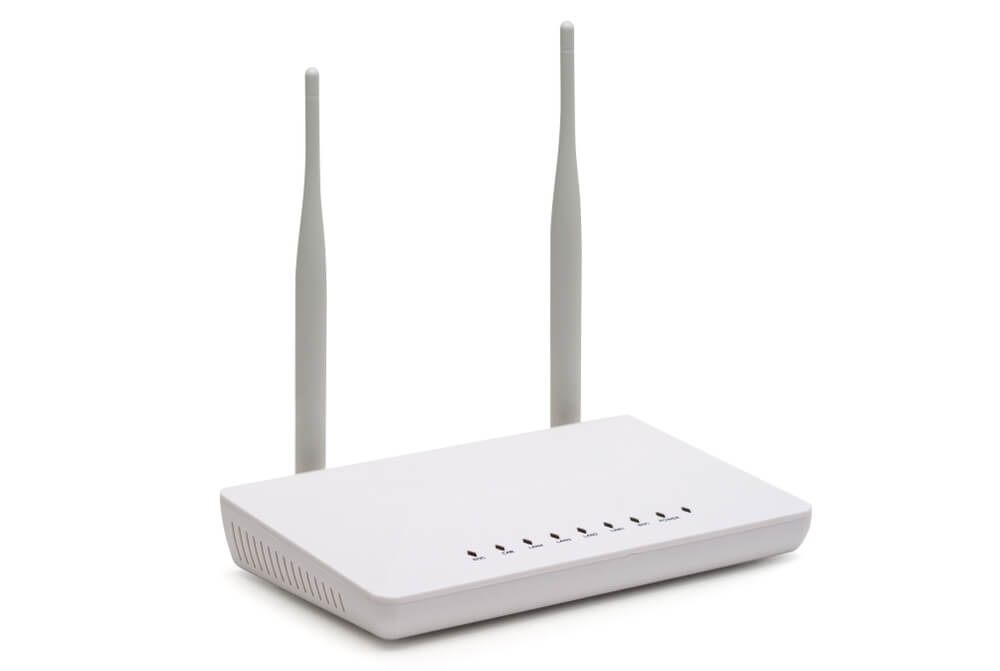
To set it up on your soundbar, here’s what you need to do:
- Turn on your Bluetooth-capable JBL soundbar. Then, power on your Bluetooth-capable TV or home theater receiver. Make sure to select the input for your soundbar by pressing the appropriate “Input” or “Source” button on your TV remote.
- Now that all devices are powered up, you should see an image of JBL appear on your TV screen. If so, go ahead and follow these steps:
- Find the “Add New Device” setting on the menu of the JBL soundbar, then press it to initiate pairing with other devices. Use this same procedure if you’re using a home theater receiver instead. The speaker’s interface should display an exclamation point when ready to pair.
- Once the exclamation point shows up, press the appropriate remote key to complete pairing. If this doesn’t work, try accessing the settings on both devices and enabling “Input” or “Source” mode for Bluetooth access. For TVs with multiple inputs, you may need to select the input mode for the soundbar manually before your TV can see it.
- Once both devices are successfully paired, the JBL soundbar should be ready to go automatically whenever you switch to the appropriate input. So make sure there’s only one device of each type connected at a given time. This means no two TVs or AVRs are set up for wireless audio at once.
Conclusion
Setting up your JBL Soundbar’s connection to the TV is easy.
With this step-by-step guide, you will be a pro at getting your soundbar to work with your TV.
You can now enjoy a more vivid auditory experience when watching your favorite series and movies right at your home.
Remember, you can always consult your user manual for specific setup steps if you’re still having trouble.
- How Do I Connect My Samsung Soundbar To Bluetooth? - February 5, 2024
- How To Connect Soundbar To TV With Optical Cable? - February 5, 2024
- How to Choose the Right Audio System for Your Home Theater Setup - April 25, 2023


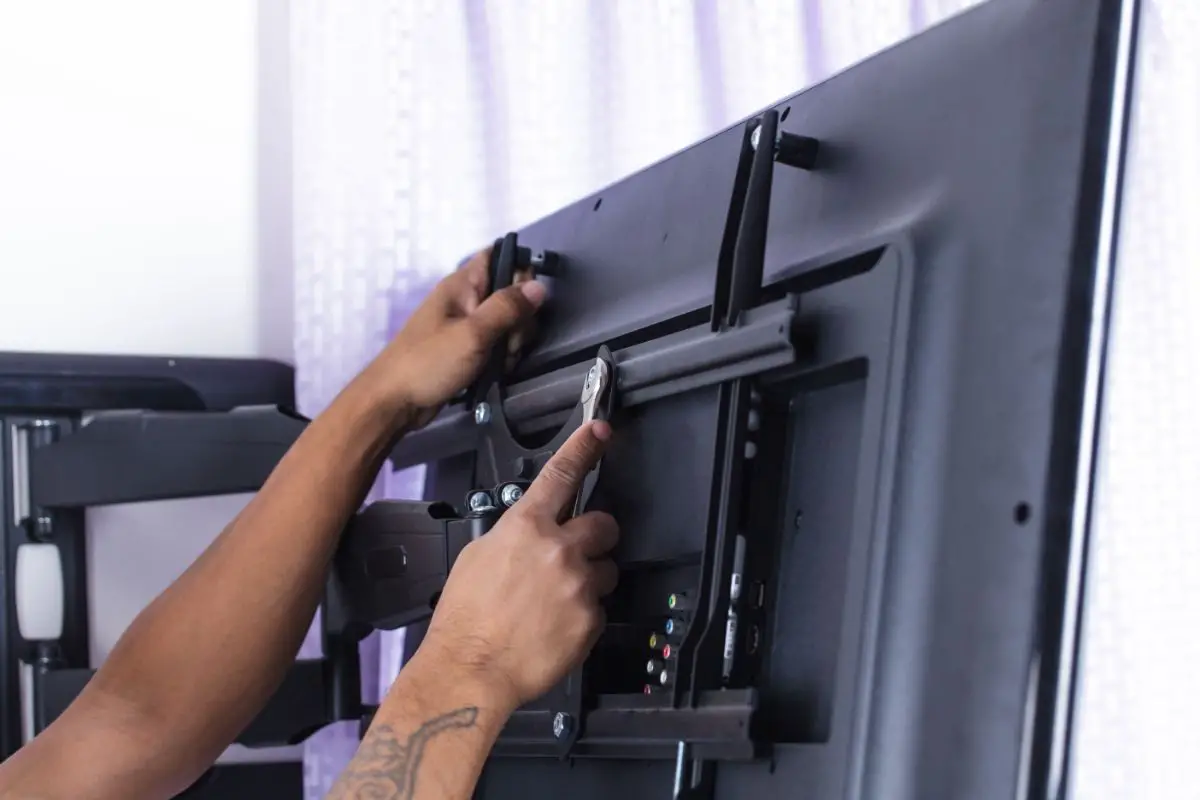
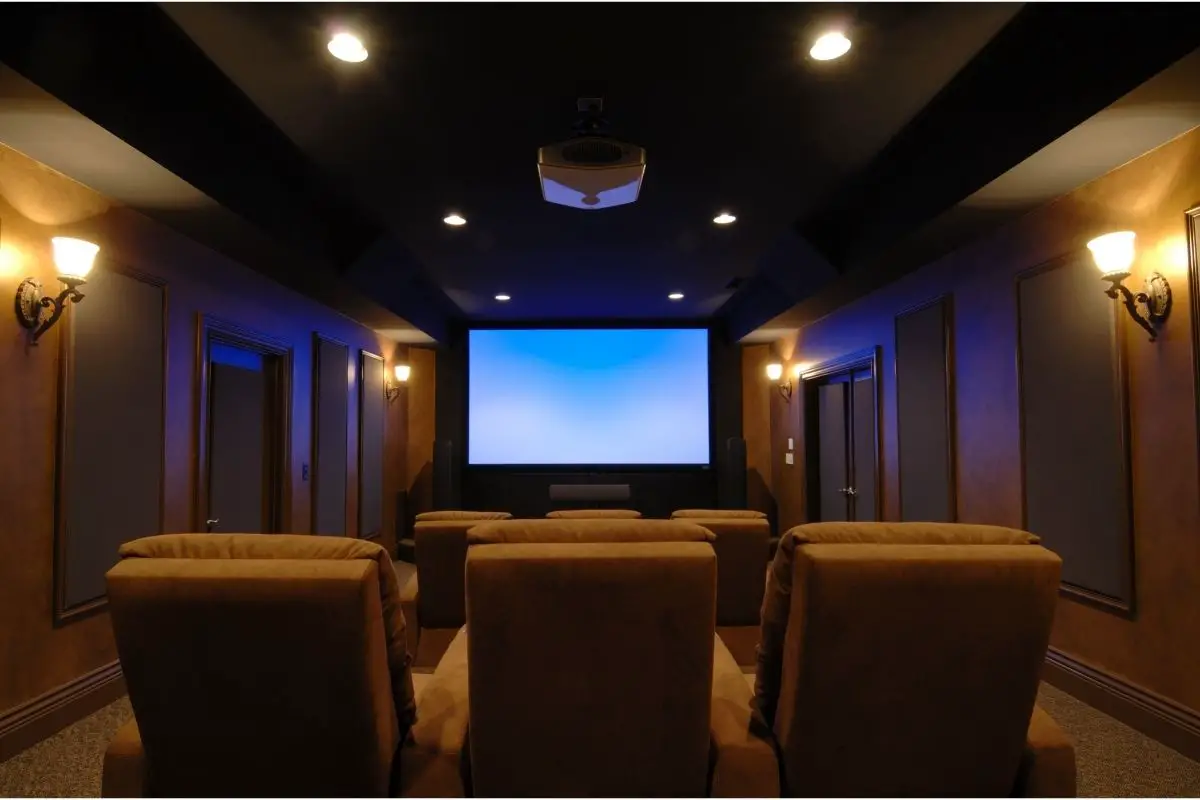
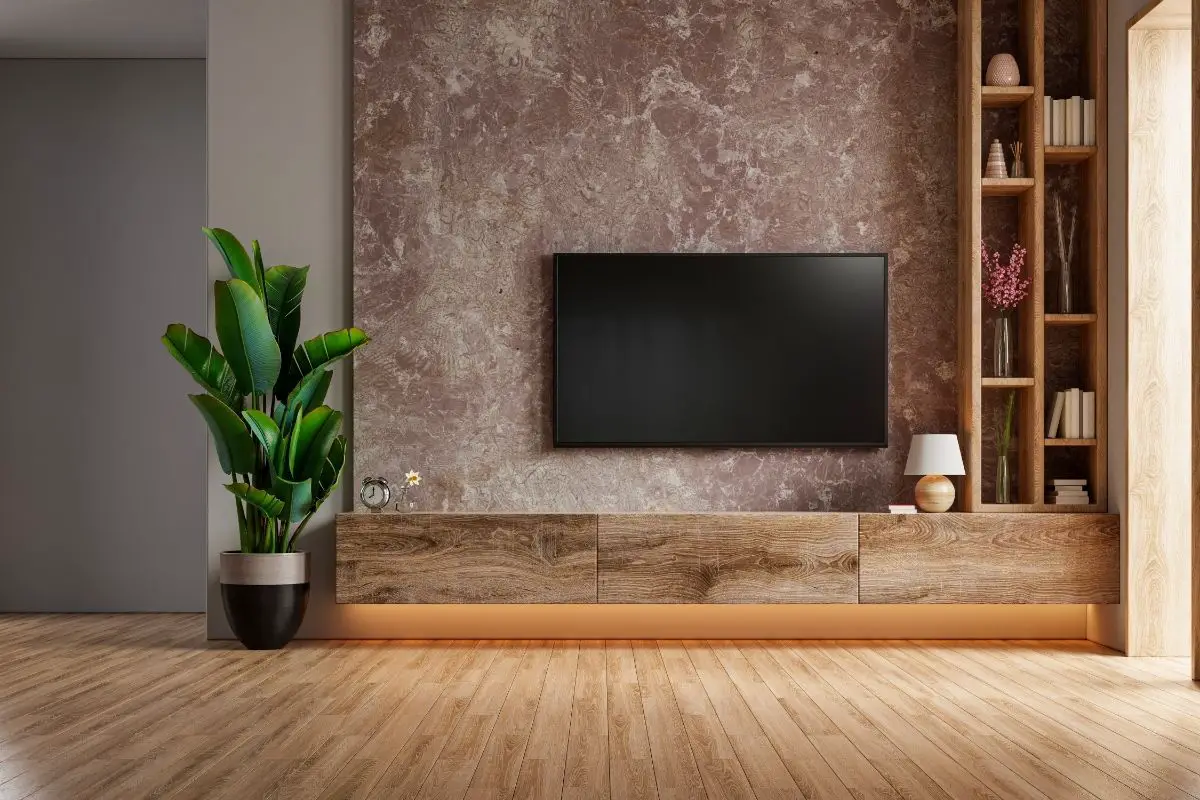
![How To Connect Soundbar To Hisense Roku TV? [Step-By-Step] How To Connect Soundbar To Hisense Roku TV](https://www.cinemaequip.com/wp-content/uploads/2022/07/How-To-Connect-Soundbar-To-Hisense-Roku-TV-1-150x150.jpg)
![Bose Soundbar Remote Not Working? [Quick Fix Guide] bose soundbar](https://www.cinemaequip.com/wp-content/uploads/2022/07/bose-soundbar-1-150x150.jpg)
![Best Soundbar For Hisense TV [7 Top Picks] Best Soundbar For Hisense TV](https://www.cinemaequip.com/wp-content/uploads/2022/01/Best-Soundbar-For-Hisense-TV-1-150x150.jpg)
